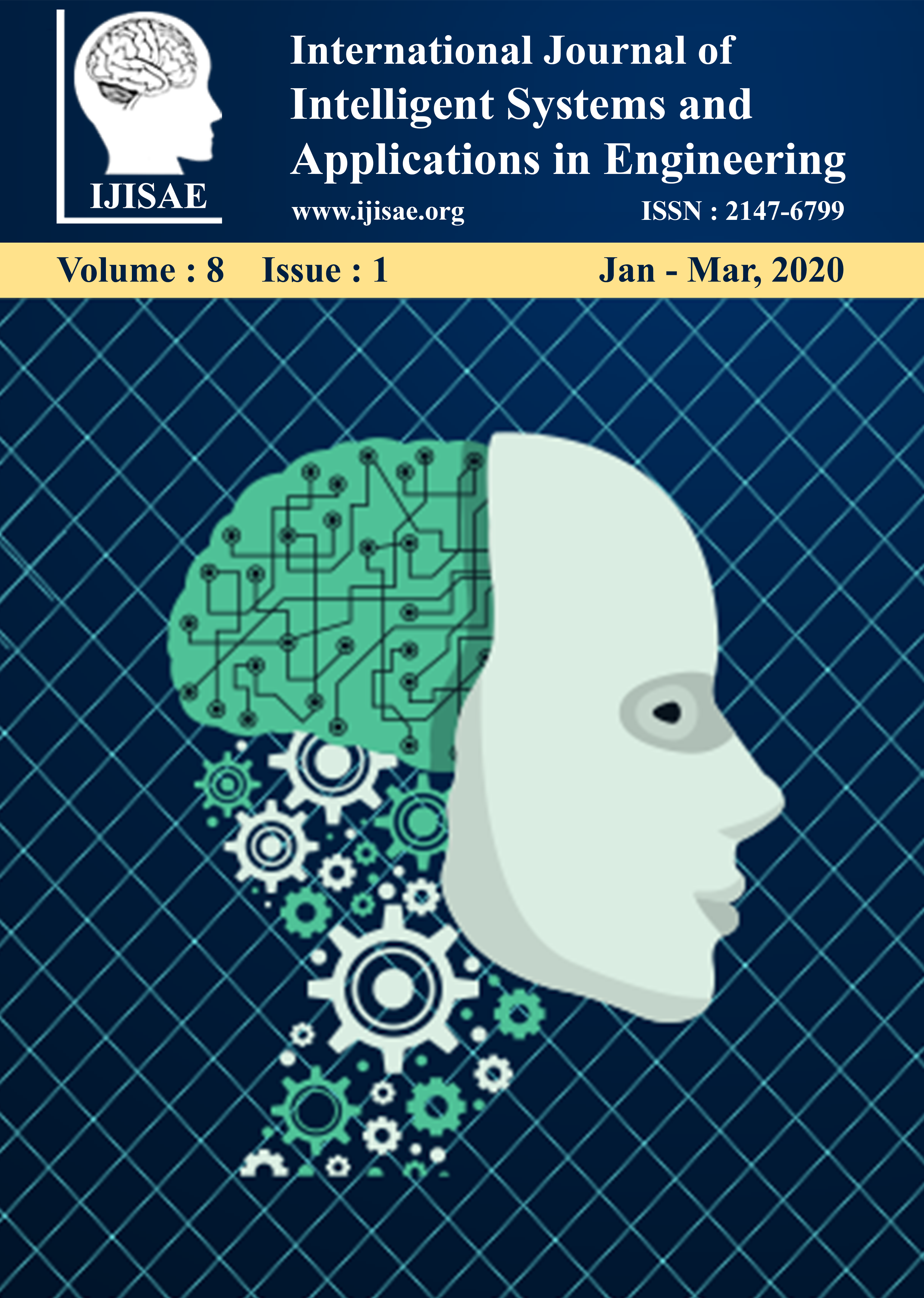A Drumming Based Multimodal Mobile Game Interface
DOI:
https://doi.org/10.18201/ijisae.2020158883Keywords:
Human-computer interaction, interface design, drum playing, games, multimodality, learningAbstract
This study introduces preliminary results from an interactive drumming game, which presents a generic mobile interface. It inspects human-computer interface techniques using body language and aims to support children’s mental and psychological progress. The main goal of this work is to focus on the design aspects and verify that a multimodal mobile interface based on touch, visual and auditory stimuli can be used to test children’s imitation skills, turn-taking and memory capacities efficiently. The game is tested with a group of children living in the countryside, who were naive to technology and another group of children living in a metropolitan capital city, Ankara, who were the same age but actively using computer/mobile games. The results show that a training session embedded into the game, as well as the technology-savviness of the children improve the response times and the success rates of the children in an imitation game.
Downloads
References
Spitzer, S. L., “Play in children with autism: Structure and experience” in Play in Occupational Therapy for Children, (2nd ed.), Mosby Elsevier, St. Louis, MO, pp. 351-374, 2008.
Iacono, I., Lehmann, H., Marti, P., Robins, B., Dautenhahn, K., “Robots as social mediators for children with autism - A preliminary analysis comparing two different robotic platforms”, IEEE International Conference on Development and Learning (ICDL), pp. 1-6, 2011.
Besio, S., “Analysis of Critical Factors Involved in Using in Interactive Robots for Education and Therapy of Children with Disabilities”, UNIService, Trento, 2008.
Vygotsky, L, “Mind in Society”, Harvard University Press, Cambridge MA., 1978.
WHO, “International Classification of Functioning, Disability and Health”, Geneva: World Health Organization, 2001.
Andrews, D., Nonnecke, B. and Preece, J., “Conducting research on the internet: Online survey design, development and implementation guidelines”, International Journal of Human Computer Interaction, 16(2), pp. 185-210, 2003.
Kose, H., Yorganci, R. , Algan H. E., Syrdal D.S. “Evaluation of the robot assisted sign language tutoring using video-based studies”, International Journal of Social Robotics, Volume 4, Number 3, 273-283, 2012.
Little Mozart 2 - LIREC Project, [Online]. Available: http://mozart.imagina.pt, Accessed on: Nov. 7, 2019.
LingLing Language Learning Game, [Online]. Available: http://www.joinlingling.com/, Accessed on: Nov. 7, 2019.
MyBabyDrum Android Application, [Online]. Available: http://www.dooet.com/android/My-baby-drum-3376814129 Accessed on: Nov. 7, 2019.
Adamo-Villani, N., “A virtual learning environment for deaf children: Design and evaluation”, International Journal of Applied Science, Engineering, and Technology 16, 18-23, 2006.
Weaver, K. A., Hamilton, H., Zafrulla, Z., Brashear, H., Starner, T., Presti, P., Bruckman, A. “Improving the language ability of deaf signing children through an interactive American Sign Language-based video game”, 9th International Conference of the Learning Sciences, 306-307, 2010.
Greenbacker, C., McCoy, K., “The ICICLE Project: An Overiew”, First Annual Computer Science Research Day, Department of Computer and Information Sciences, University of Delaware, 2008.
Autismspeaks Mobile Application, [Online]. Available: http://www.autismspeaks.org/autism-apps, Accessed on: Nov. 7, 2019.
Hakkarainen, P., “Play and motivation”, in Perspectives on Activity Theory, Y. Engestrm, R. Meittinen and R. Punamaki (eds), Cambridge University Press, Cambridge, UK, 2003.
Ertugrul, B.S., Kivrak, H., Daglarli, E., Kulaglic, A., Tekelioglu, A., Kavak, S., Ozkul, A., Yorganci, R., Kose,H. “iSign: Interaction games for humanoid assisted sign language tutoring”. International workshop on human-agent interaction, 2012.
Downloads
Published
How to Cite
Issue
Section
License
All papers should be submitted electronically. All submitted manuscripts must be original work that is not under submission at another journal or under consideration for publication in another form, such as a monograph or chapter of a book. Authors of submitted papers are obligated not to submit their paper for publication elsewhere until an editorial decision is rendered on their submission. Further, authors of accepted papers are prohibited from publishing the results in other publications that appear before the paper is published in the Journal unless they receive approval for doing so from the Editor-In-Chief.
IJISAE open access articles are licensed under a Creative Commons Attribution-ShareAlike 4.0 International License. This license lets the audience to give appropriate credit, provide a link to the license, and indicate if changes were made and if they remix, transform, or build upon the material, they must distribute contributions under the same license as the original.










